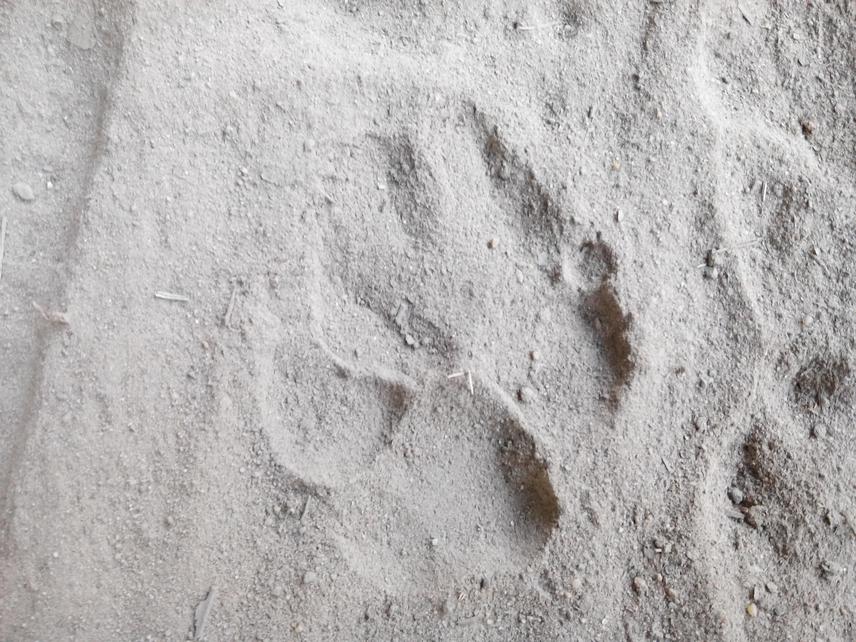Shivish Bhandari
Other projects
23 Jul 2015
Assessment of Suitable Habitat, Estimation of Population and Conservation of Striped Hyaena in Sarlahi and Rautahat, Nepal
25 May 2018
Community Stewardship to Mitigate Human-Hyena (hyaena hyaena) Conflict in Parsa National Park and its Adjoining Areas
The striped hyaena is one of the protected species in Nepal and major objective of this study is to conservation of the striped hyaena in lowland, Nepal.

Wildlife’s habitat is frequently replaced by agriculture and deforestation, resulting in large carnivores such as the striped hyena, tiger, leopard, etc being isolated to a few pocket areas of lowland, Nepal. The striped hyaena is one of the large carnivore (Hofer 1998; Reiger 1981; Singh et al. 2010; Mondal et al. 2012) that has been classified on the IUCN Red List as “Near Threatened” and protected by Government of Nepal “National Park and Wildlife Conservation Act 2029 (1973)” as a specie that is facing threats due to retaliatory killings, persecution, depleting prey populations and loss of habitat (Jnawali et al. 2011; Bhandari and Chalise 2016). The population of the striped hyaena has been considered to be declining and the current population in Nepal is estimated to be less than 100 individuals (Hofer & Mills 1998; Jnawali et al. 2011). Information on factors influencing the hyaena populations across their distribution ranges in Nepal is also limited.
The proposed study area is located in central Terai of Nepal and covers an area of 550 square Kilometre with Sal forest, grassland, Acacia forest and mixed riverine forest. Its altitude range is 80 – 700 m; and joins to the Terai Arc Landscape (TAL) Project area in the west. TAL is a greater landscape conservation program initiated in 2001 and extends from Bagmati River of Nepal in the east to Yamuna River of India in the west.
Striped hyaena’s ecology is poorly documented in Nepal. Moreover, conservation strategy of the striped hyaena is also limited. Hence, studies on this species are urgently required not only to help in its survival, but also to further investigate its food ecology, population and potential habitat for the long term conservation and survival in Nepal. Measuring densities of striped hyaena under ecologically different conditions would thus help to assess the factors that determine its distribution and abundance as well as its ability to survive in human dominated landscapes under severe anthropogenic pressures. Therefore, this project will demonstrate the extensive field work and current status regarding habitat, threats, conservation initiatives and peoples’ tolerance level which may helpful in predicting the baseline information and lead to conservation of striped hyaena in Nepal.